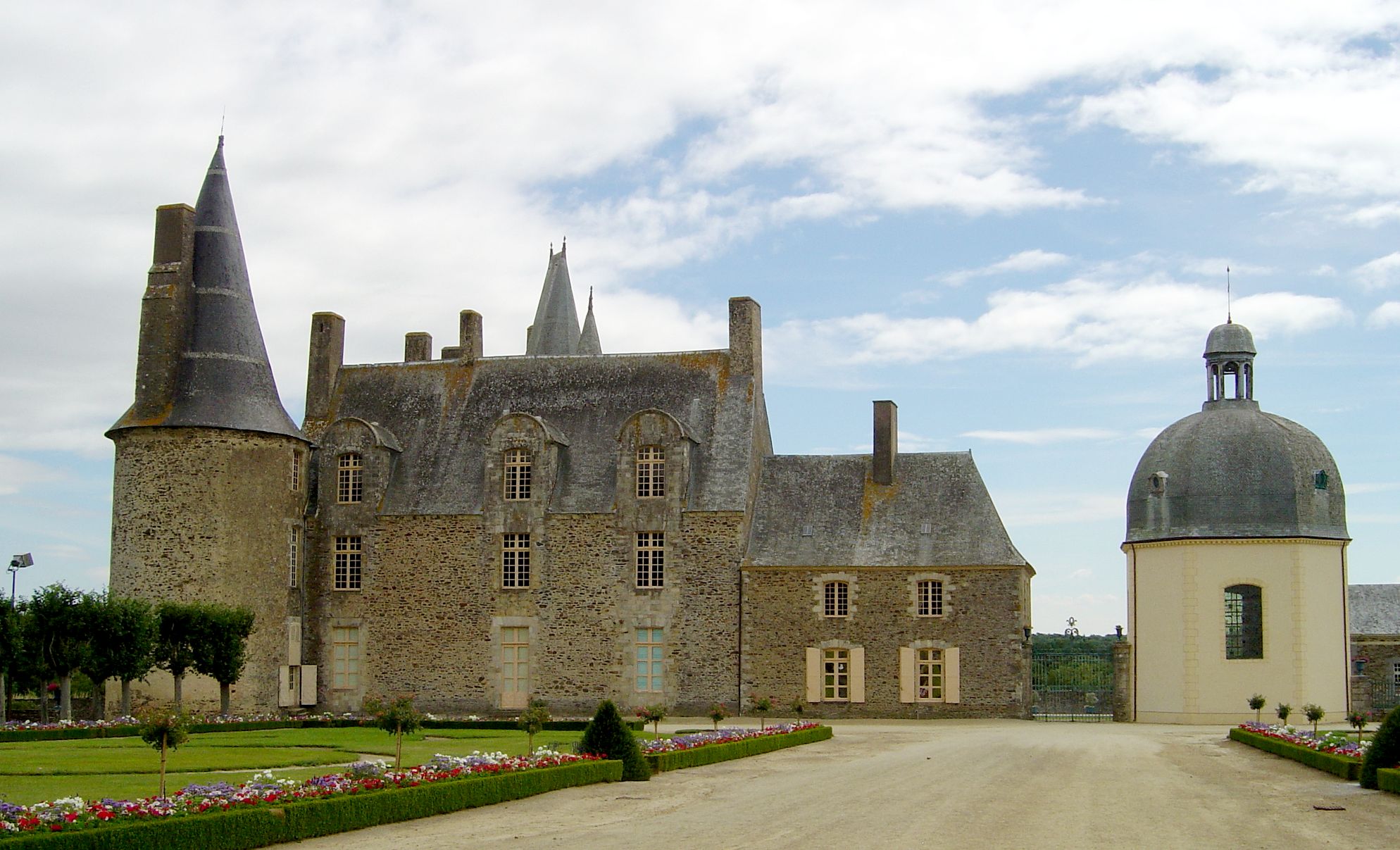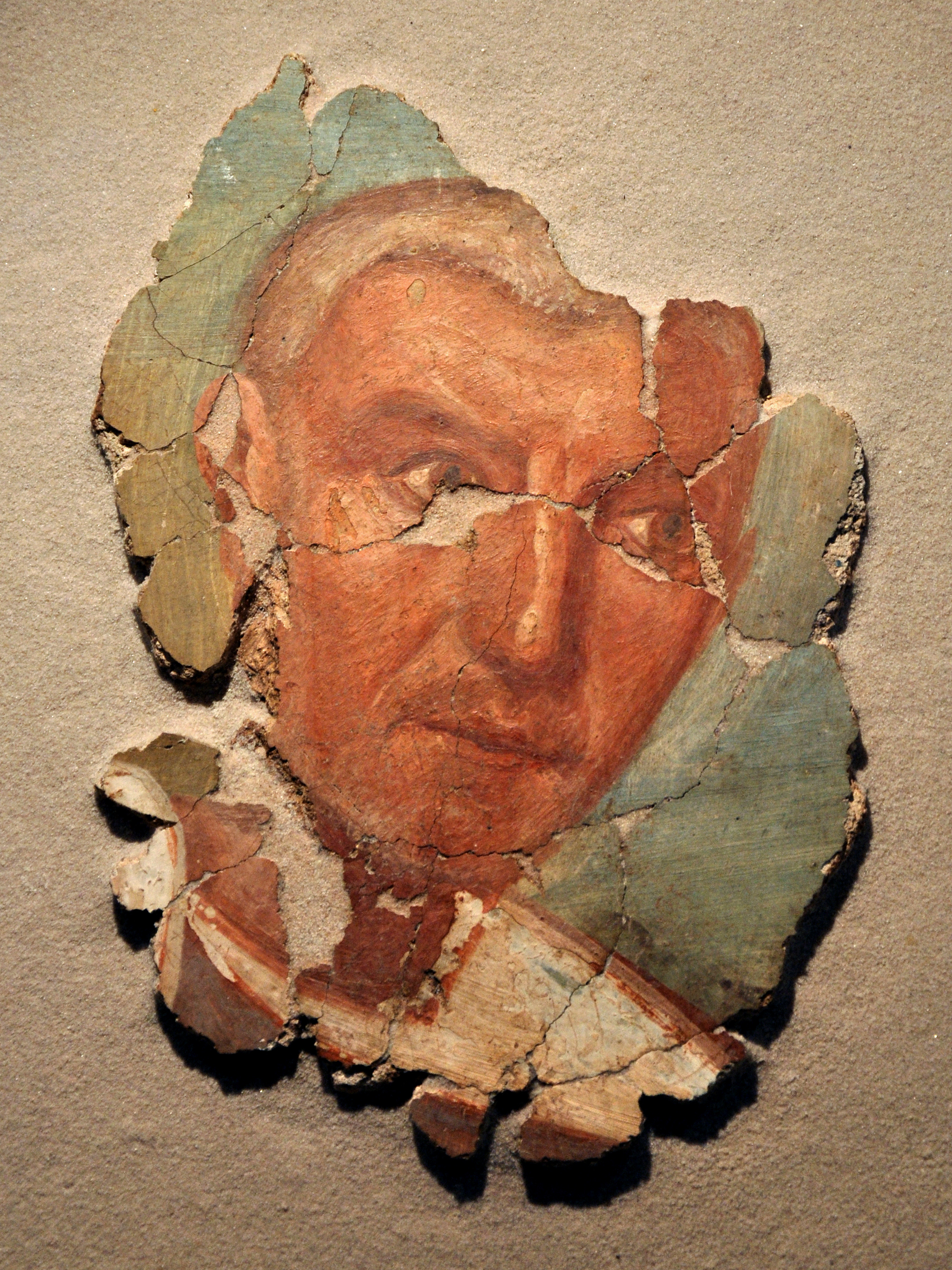|
Vitré, Ille-et-Vilaine
Vitré (; Gallo: ''Vitræ'', ) is a commune in the Ille-et-Vilaine department in Brittany in northwestern France. Vitré, a sub-prefecture until 1926, is the seat of a canton. It has 18,603 inhabitants (2020). It lies on the edge of Brittany, near Normandy, Maine, and Anjou. The town has been designated a ''ville d'art et d'histoire'', a town of artistic and historic significance, by the Ministry of Culture in recognition of its rich cultural inheritance. Vitré is the 37th French city with the most historic buildings and has 14% of the historical monuments of the department. "If I was not King of France, I want to be bourgeois from Vitré!" Henry IV, King of France, surprised by the richness of the city in 1598. "The good fortune to see a Gothic city entire, complete, homogeneous, a few of which still remain, Nuremberg in Bavaria and Vittoria in Spain, can readily form an idea; or even smaller specimens, provided that they are well preserved, Vitré in Brittany, Nordhau ... [...More Info...] [...Related Items...] OR: [Wikipedia] [Google] [Baidu] |
Gallo Language
Gallo ( endonym: ''Galo''; ) is a regional language of eastern Brittany. It is one of the langues d'oïl, a Romance sub-family that includes French. Today it is spoken only by a minority of the population, as the standard form of French now predominates in this area. Gallo was originally spoken in the Marches of Neustria, an area now corresponding to the border lands between Brittany, Normandy, and Maine. Gallo was a shared spoken language among many of those who took part in the Norman conquest of England, most of whom originated in Upper (i.e. eastern) Brittany and Lower (i.e. western) Normandy, and thus had its part, together with the much bigger role played by the Norman language, in the development of the Anglo-Norman variety of French which would have such a strong influence on English. Gallo continued as the everyday language of Upper Brittany, Maine, and some neighbouring portions of Normandy until the introduction of universal education across France, but is ... [...More Info...] [...Related Items...] OR: [Wikipedia] [Google] [Baidu] |
Rennes
Rennes (; ; Gallo language, Gallo: ''Resnn''; ) is a city in the east of Brittany in Northwestern France at the confluence of the rivers Ille and Vilaine. Rennes is the prefecture of the Brittany (administrative region), Brittany Regions of France, region and Ille-et-Vilaine Departments of France, department. In 2021, its Urban unit, urban area had a population of 371,464 inhabitants, while the larger Functional area (France), metropolitan area had a population of 771,320.Comparateur de territoire Unité urbaine 2020 de Rennes (35701), Aire d'attraction des villes 2020 de Rennes (013) INSEE. The inhabitants of Rennes are called ''Rennais'' (masculine) and ''Rennaises'' (feminine) in French language, French. ... [...More Info...] [...Related Items...] OR: [Wikipedia] [Google] [Baidu] |
Geoffrey I, Duke Of Brittany
Geoffrey I (c. 980 – 20 November 1008), also known as Geoffrey of Rennes and Geoffrey Berengar, was Duke of Brittany from 992 until his death, and also Count of Rennes (ruler of the Romano-Frankish ''civitas'' of Rennes) by right of succession. The eldest son of Duke Conan I of Brittany, he assumed the title of Duke of Brittany upon his father's death in 992. Brittany had long been an independent state, but he had little control over much of Lower Brittany. Life Geoffrey was the son of Duke Conan I, by his marriage to Ermengarde-Gerberga of Anjou. He was the grandson of Judicael Berengar, Count of Rennes. When Geoffrey succeeded to Brittany he had several problems: *Blois was encroaching on his territory, *Vikings were threatening his shores, and *He had to decide whether to accept the protection offered by Anjou. Norman alliance In 996, at about the age of sixteen, Geoffrey entered into a dynastic alliance with Richard II, Duke of Normandy, with a diplomatic doubl ... [...More Info...] [...Related Items...] OR: [Wikipedia] [Google] [Baidu] |
Duke Of Brittany
This is a list of rulers of Brittany. In different epochs the rulers of Brittany were kings, princes, and dukes. The Breton ruler was sometimes elected, sometimes attained the position by conquest or intrigue, or by hereditary right. Hereditary dukes were sometimes a female ruler, carrying the title duchesse of Brittany. Its principal cities and regions were ruled by counts who often found themselves in conflict with the Breton ruler, or who became the Breton ruler. During the declining years of the Roman Empire, the earliest Bretons, Breton rulers in Gaul were styled "kings" of the small realms of Cornouaille and Domnonée. Some such kings may have had a form of hegemony over all of the Celtic Britons, Brythonic populations in the Armorican peninsula, and Riothamus is called King of the Britons by the chronicler Jordanes. However, there are no certain rulers of the whole of Brittany, which was divided into the fiefdoms of local counts. The Duchy of Brittany had its origins in ... [...More Info...] [...Related Items...] OR: [Wikipedia] [Google] [Baidu] |
Gallo-Roman
Gallo-Roman culture was a consequence of the Romanization (cultural), Romanization of Gauls under the rule of the Roman Empire in Roman Gaul. It was characterized by the Gaulish adoption or adaptation of Roman culture, Roman culture, language, morals and way of life in a uniquely Gaulish context. The well-studied meld of cultures in Gaul gives historians a model against which to compare and contrast parallel developments of Romanization in other less-studied Roman provinces. ''Interpretatio romana'' offered Roman names for Gaulish religion, Gaulish deities such as the smith-god Gobannus; however, of the Celtic deities, only the horse-patroness Epona penetrated Romanized cultures beyond the confines of Gaul. The Migration Period, barbarian invasions began in the late 3rd century and forced upon Gallo-Roman culture fundamental changes in politics, economic underpinning and military organization. The Visigothic Kingdom, Gothic settlement of 418 offered a double loyalty, as Weste ... [...More Info...] [...Related Items...] OR: [Wikipedia] [Google] [Baidu] |
Château De Vitré Place St-Yves
A château (, ; plural: châteaux) is a manor house, or palace, or residence of the lord of the manor, or a fine country house of nobility or gentry, with or without fortifications, originally, and still most frequently, in French-speaking regions. Nowadays, a ''château'' may be any stately residence built in a French style; the term is additionally often used for a winegrower's estate, especially in the Bordeaux region of France. Definition The word château is a French word that has entered the English language, where its meaning is more specific than it is in French. The French word ''château'' denotes buildings as diverse as a medieval fortress, a Renaissance palace and a fine 19th-century country house. Care should therefore be taken when translating the French word ''château'' into English, noting the nature of the building in question. Most French châteaux are "palaces" or fine "country houses" rather than "castles", and for these, the word "château" is appropria ... [...More Info...] [...Related Items...] OR: [Wikipedia] [Google] [Baidu] |



